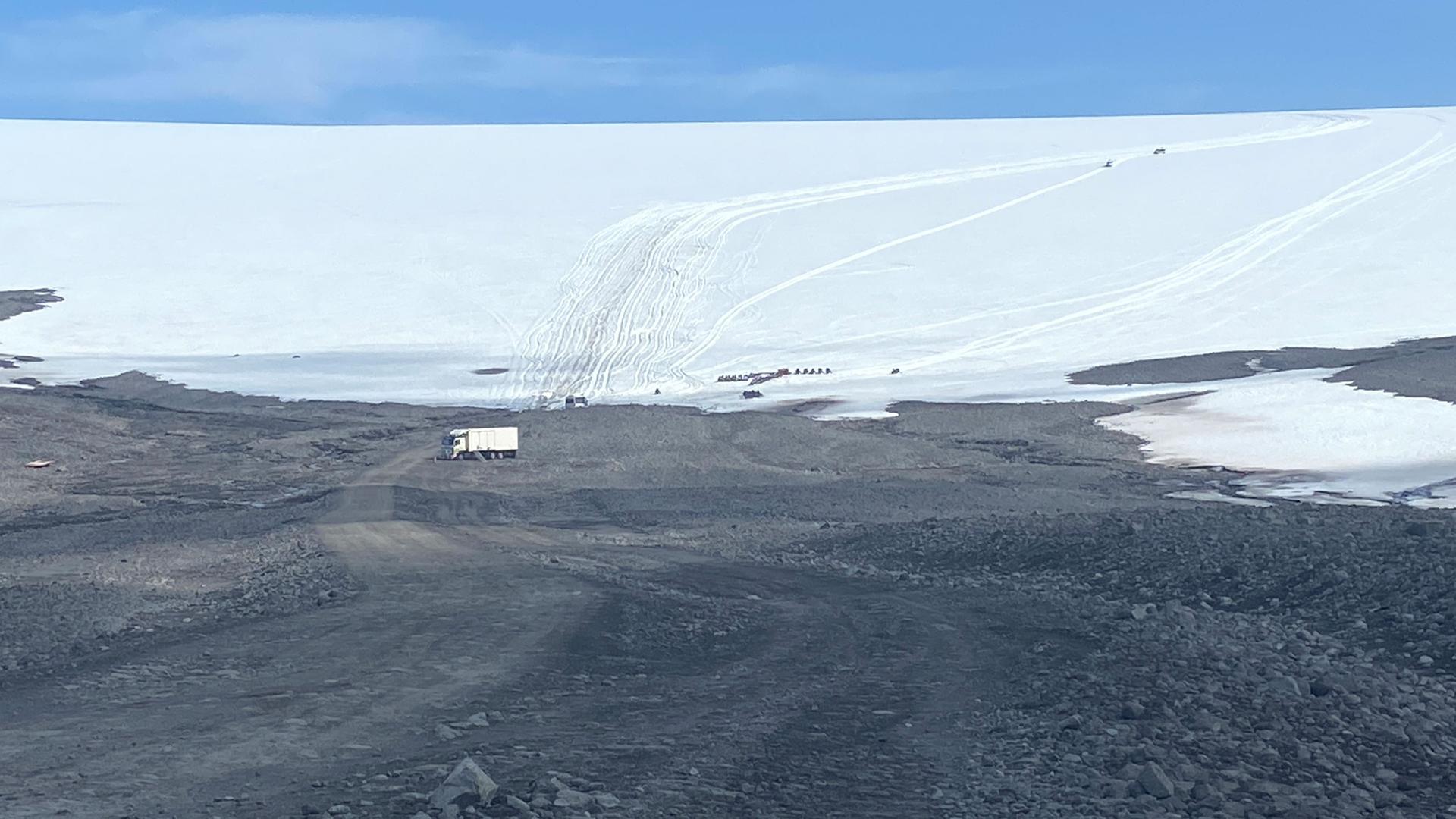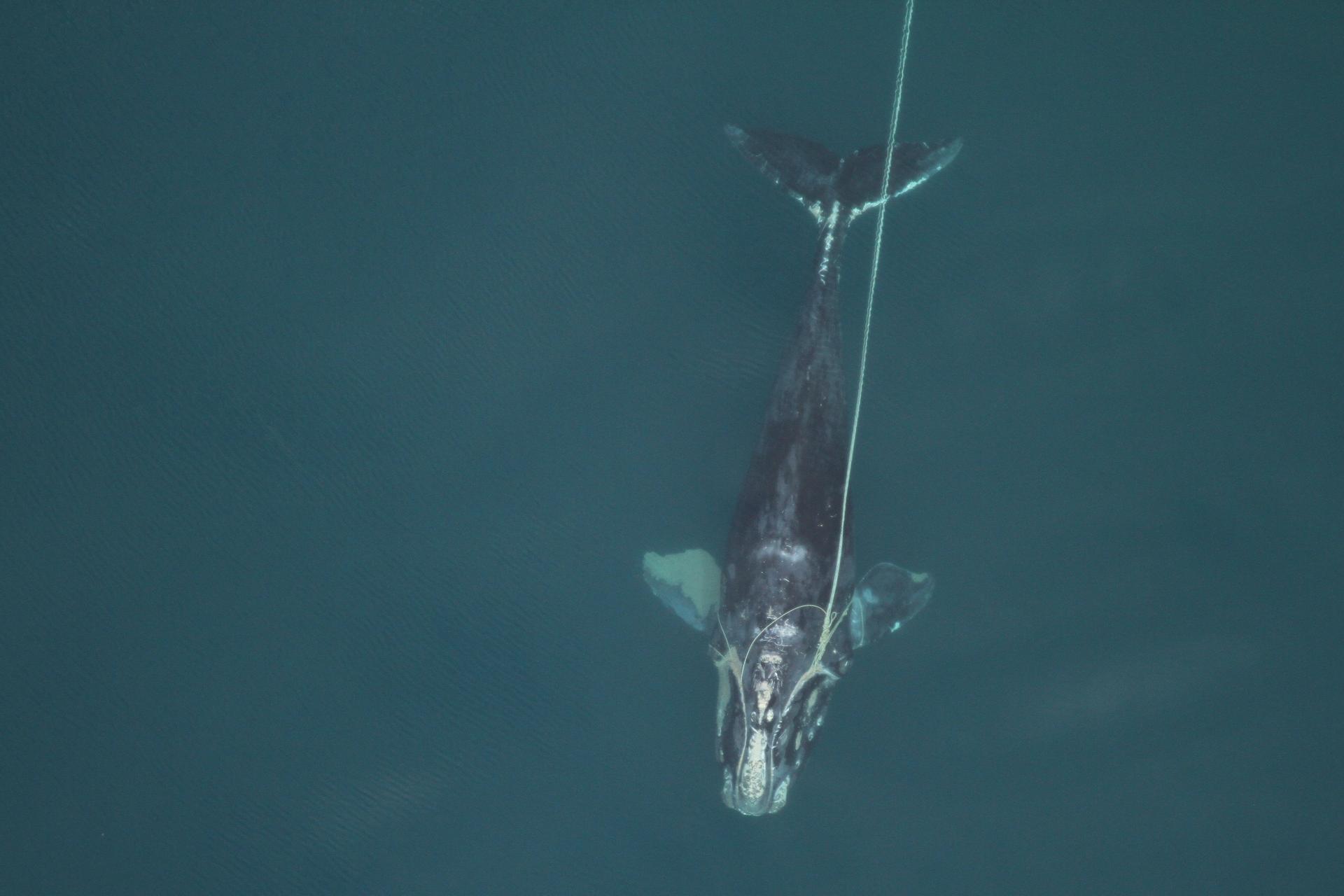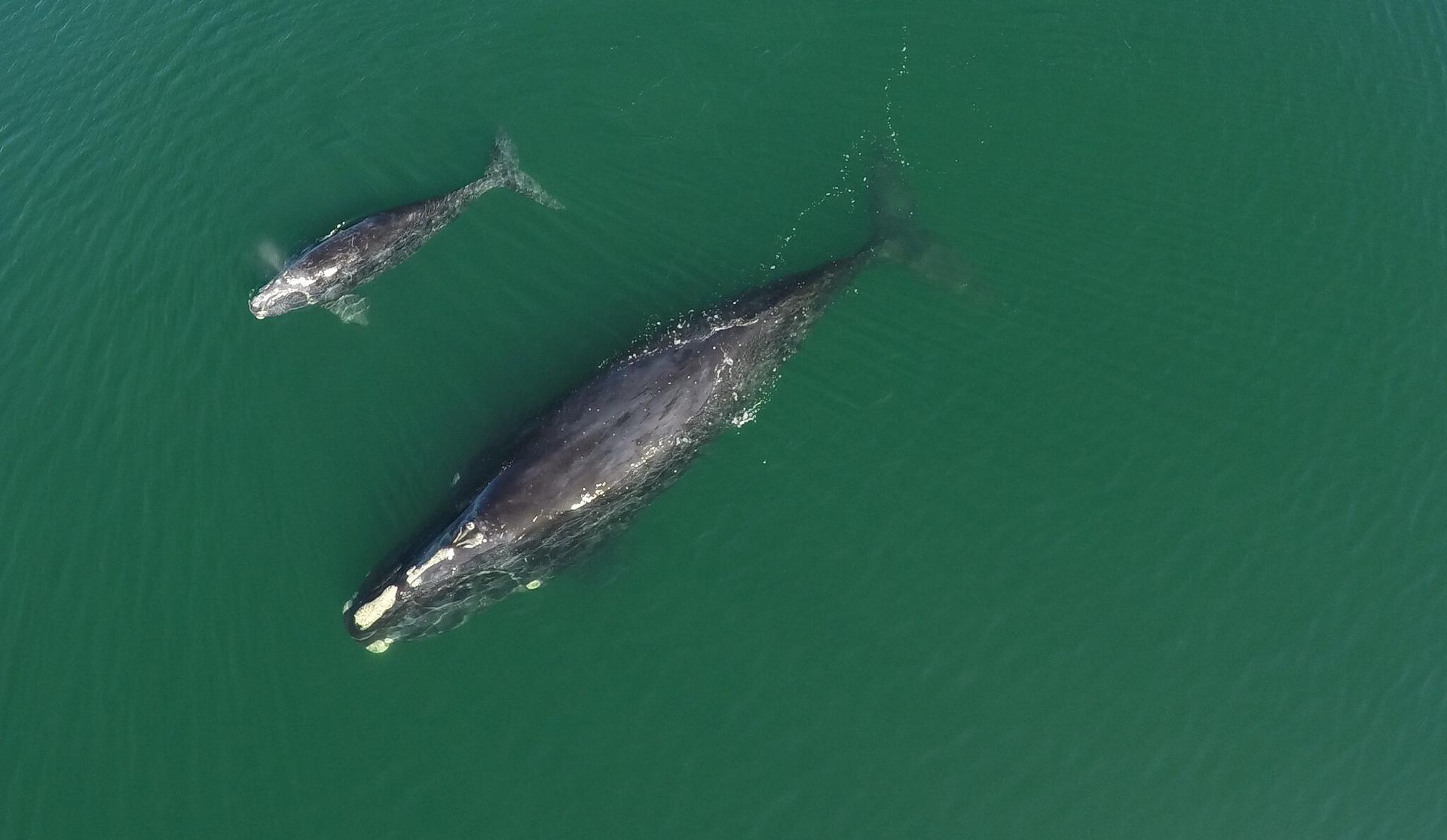North Atlantic
‘Blue Blob’ slows glacial melt in Iceland as temperatures rise across the globe
About 10% of Iceland is still covered by glaciers — what Icelanders call their “white diamonds.” Now, a mysterious patch of cold water in the North Atlantic Ocean, known as the “Blue Blob,” is helping slow down the rate at which these glaciers are melting. But scientists are concerned about how long this will last.
Nantucket’s bluffs and beaches are crumbling in the face of storms and rising seas
On Nantucket, homeowners are funding an extensive engineering project to save their houses from sliding into the sea. But no one knows how long the homes and the entire island can resist the forces of the sea and climate change.
Scientists are keeping a close eye on the Beaufort Gyre
The Beaufort Gyre, a key Arctic Ocean current that traps huge amounts of ice and cold freshwater, is behaving strangely. When it eventually discharges its contents, the event could begin a period of sharply lower temperatures in northern Europe.
Looking small for big answers in Greenland
Scientists working in Greenland are looking for tiny clues to help fill in the big picture about the fate of the island’s giant ice pack. They’re using cutting edge technology to track minute changes that could help predict what a warmer future might hold for Greenland and the rest of the world.


